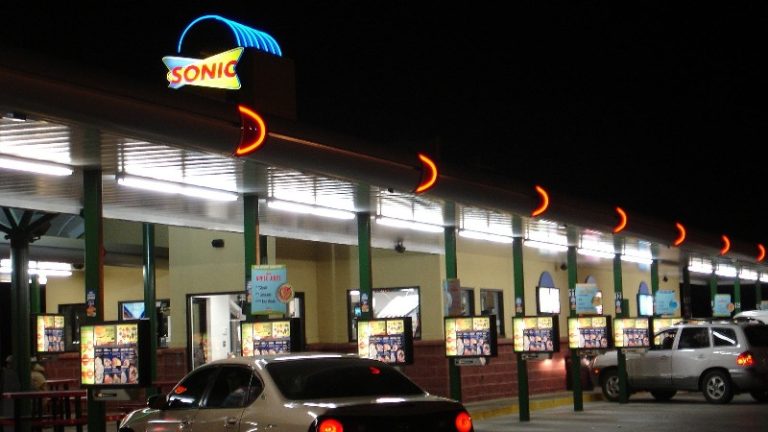https://realestatejot.info/how-to-get-private-mortgage-insurance/

Private Mortgage Insurance (PMI) is a type of insurance that protects lenders when a borrower puts down less than 20% on their home purchase. Here’s a guide on how to get PMI and how it works:
How to Get Private Mortgage Insurance (PMI)
1. What is Private Mortgage Insurance (PMI)?
PMI is a safeguard for lenders in case a borrower defaults on their mortgage. If you’re putting down less than 20% on your home purchase, your lender may require you to obtain PMI to reduce their risk.
2. When is PMI Required?
Typically, if your down payment is below 20% of the home’s value, lenders will require PMI. It applies mainly to conventional loans, not government-backed loans like FHA or VA loans.
3. How to Get Private Mortgage Insurance?
PMI is typically arranged by the lender. Here’s the process:
- Step 1: Apply for a Mortgage
When applying for a mortgage, check whether PMI will be required. If you are unable to put down 20% or more, your lender will likely notify you that PMI is necessary. - Step 2: Choose a PMI Provider
Lenders often work with private insurers to offer PMI. You may have a few options depending on your lender’s partnerships. The lender will coordinate the PMI with these providers. - Step 3: Review Premium Options
PMI premiums can be paid in several ways: - Monthly Premium: Added to your monthly mortgage payment.
- Upfront Premium: Paid at closing in a lump sum.
- Combination of Both: Some lenders offer a combination of upfront and monthly premiums.
4. How Much Does PMI Cost?
PMI rates typically range between 0.3% and 1.5% of the original loan amount annually, depending on several factors, including:
- The size of your down payment
- The type of loan you choose
- Your credit score
For example, if you take out a $200,000 loan and your PMI rate is 0.5%, your annual PMI cost would be $1,000, or approximately $83 per month.
5. Can You Cancel PMI?
PMI can be canceled once you’ve built 20% equity in your home. There are two common ways to cancel:
- Automatic Cancellation: Once your mortgage balance reaches 78% of the original home value, the lender must cancel PMI.
- Requesting Cancellation: You can request to cancel PMI when your loan balance reaches 80% of the home’s original value.
6. How to Avoid PMI?
There are several ways to avoid PMI:
- Make a Larger Down Payment: Put down at least 20% of the home’s purchase price to avoid PMI altogether.
- Piggyback Loans: Some buyers take out two loans—a primary mortgage for 80% of the home’s value and a second mortgage to cover 10-15% of the home’s price, effectively avoiding PMI.
7. Benefits of PMI
While PMI increases your mortgage cost, it has several advantages:
- Allows Lower Down Payments: PMI enables homebuyers to purchase a home without waiting until they can afford a 20% down payment.
- Opportunity to Build Equity: PMI helps borrowers get into the market sooner and start building home equity.
- More Loan Flexibility: PMI can make conventional loans more accessible to borrowers who have good credit but can’t afford large down payments.
8. Conclusion: Is PMI Worth It?
Although PMI adds extra costs, it’s often worth it for borrowers who can’t afford a 20% down payment. It enables homeownership sooner and can be canceled once you’ve built enough equity in your home.
For more detailed insights on how to obtain PMI, you can check out this guide.



